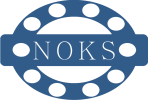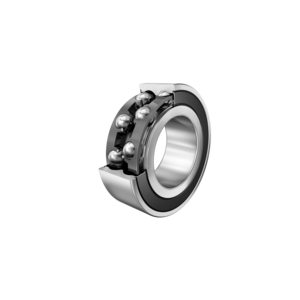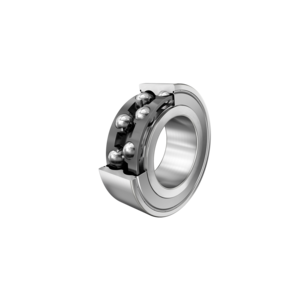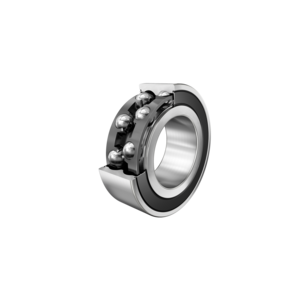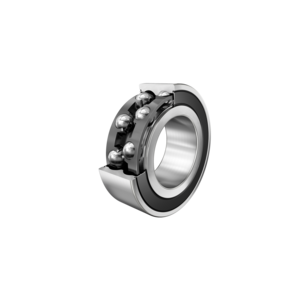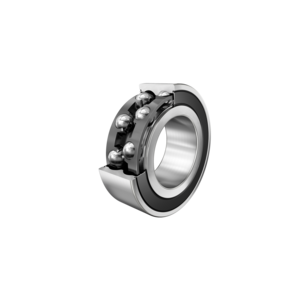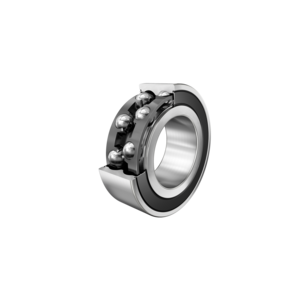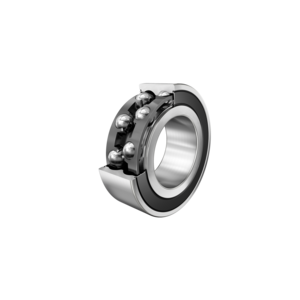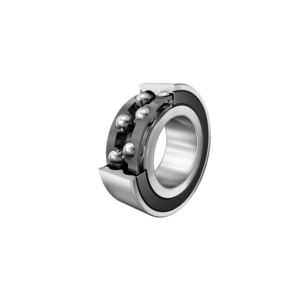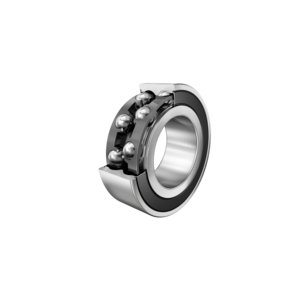INA Bearing
INA bearing is a kind of bearing lubricated by thin grease and oil mist, which is an important part of contemporary mechanical equipment. The main function is to support the mechanical rotating body, reduce the friction coefficient during its movement, and ensure its rotation accuracy. It is mainly divided into cylindrical roller bearing, self-aligning ball bearing, etc.
Generally, INA bearings are lubricated with thin grease and oil mist. These lubrication methods have their own characteristics. However, to meet the working requirements of modern high-speed and high load work roll bearings, oil vapor lubrication is considered to be more appropriate.
Lubrication has an important influence on the fatigue life, friction, wear, temperature, vibration, etc. of INA bearing. The most outstanding feature of ceramic bearing is that without normal lubrication, the bearing cannot work. Analysis of the causes of bearing damage shows that about 40% of bearing damage is related to poor lubrication. Therefore, good lubrication of INA bearing is an effective measure to reduce bearing friction and wear. In addition, the lubrication of the bearing is also subject to heat dissipation, rust prevention, sealing, impact mitigation and other functions.
After oil air lubrication, the actual working life of the work roll bearing has been significantly improved, and the wear and damage of the rolling working surface has been greatly improved compared with that of grease lubrication. When the bearing reaches 1/3-1/4 of its service life, it must be thoroughly cleaned, and the internal clearance of INA bearing must be measured. When the internal clearance of the bearing is more than twice the original clearance, it should be adjusted. When the cleaned and inspected bearing is reinstalled, the load bearing area should be replaced (that is, the outer ring should rotate 90 degrees before matching with the bearing seat)
Under the conditions of high speed and high temperature, oil lubrication can be used when grease lubrication is not suitable for the adjustment scheme of INA bearing combination position and clearance. Through the circulation of lubricating oil, a large amount of heat can be taken away. Viscosity is an important characteristic of lubricating oil. The viscosity directly affects the fluidity of lubricating oil and the thickness of oil film formed between friction surfaces. The viscosity of lubricating oil at bearing operating temperature is generally 12-15cst. The higher the speed is, the lower the viscosity should be selected, and the heavier the load is, the higher the viscosity should be selected. Common lubricating oils include machine oil, high-speed machine oil, turbine oil, compressor oil, transformer oil, cylinder oil, etc.
The internal clearance of INA bearing increases due to wear during operation. The increase of bearing clearance will reduce the load bearing area inside the bearing, increase the operating noise and other adverse factors. Therefore, when considering the reuse standard of bearing clearance, it is necessary to first determine whether the bearing with increased clearance is allowed to be used according to the working conditions of the main engine.
Installation steps
- Before installing the bearing on the shaft, pull out the fixing pin of the bearing jacket, polish the journal surface, and apply oil to the journal for rust prevention and lubrication (the bearing is allowed to rotate slightly on the shaft).
- Apply lubricating oil on the bearing seat and bearing mating surface, and install the INA bearing into the bearing seat. Then put the assembled bearing and bearing seat together on the shaft and push them to the required position for installation.
- Do not tighten the bolts that fix the bearing seat, but let the bearing jacket rotate in the bearing seat. Similarly, install the other end bearing and seat on the same shaft, rotate the shaft for several revolutions, and let the INA bearing itself automatically align. Tighten the bearing seat bolts.
- Install eccentric sleeve. First, put the eccentric sleeve on the eccentric step of the bearing inner sleeve, and tighten it in the direction of shaft rotation by hand. Then insert or counter the counterbore on the eccentric sleeve with a small iron rod. Knock the small iron rod in the direction of shaft rotation with a hammer to make the eccentric sleeve firmly installed. Finally, lock the socket head cap screw on the eccentric sleeve
The products of INA bearings in Germany cover the following industries: agricultural machinery industry, construction industry, hydraulic and wind engineering industry, construction machinery industry, machine tool and manufacturing machinery industry, material processing and packaging industry, port engineering industry, electric tool industry, gearbox industry, semi conductor industry, pump and fan industry, industrial robot and automation industry, rubber, plastics and chemical industry, textile industry, tractor industry Woodworking machinery industry, etc. In these industries, German INA bearings have been widely used.
The post code in the supplementary code is used to describe some special structures of the bearing and is placed after the bearing code. The common supplementary codes of INA are as follows:
Description of supplementary codes used in the dimension table These supplementary codes are applicable to the bearings in the current standards and are part of the bearing codes (see the dimension table). They cannot be used for other bearings.
- B, C, E – These symbols have no clear meaning and are used to represent certain design features as required.
D-Split needle roller and cage assembly
P-bearing with sealing ring on one side
PP bearing with sealing ring on both sides
RS bearing with sealing ring on one side
2RS bearing with sealing rings on both sides
TN plastic holder
V-sealed bearing
X – For bearings and accessories whose overall dimensions are changed to conform to international standards, this supplementary code is only used in the transition period.
When the general structure has a spherical rolling surface, X is also represented as a support roller and a curved roller with a cylindrical rolling surface.
One side of Z-bearing is provided with dust cover
Both sides of 2Z bearing are equipped with dust cover
ZW needle roller and cage assembly, double row
Showing 1–12 of 2738 results
